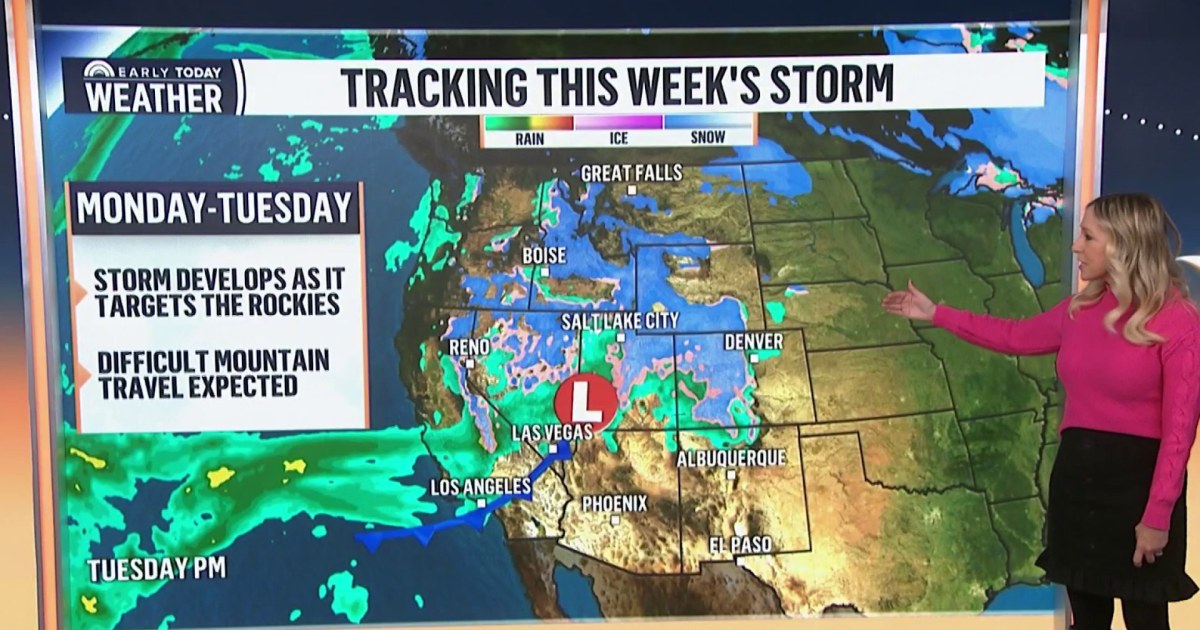Tech
Zero Day Initiative — The November 2024 Security Update Review

* Indicates this CVE had been released by a third party and is now being included in Microsoft releases.
** Indicates this bug is not listed as public by Microsoft but considered to be public for the purposes of this blog.
† Indicates further administrative actions are required to fully address the vulnerability.
There are only two other Critical-rated bugs receiving fixes this month, and both involve privilege escalations. The bug in VMSwitch could allow a low-privileged user on a guest OS to execute their code at SYSTEM on the underlying host OS. That’s officially a Bad Thing™. The other Critical-rated bug resides in a cloud service, so the vulnerability has already been mitigated and is now being documented.
There are more than 50 other code execution bugs this month, but most of these impact SQL Server. These require an affected system to connect to a malicious SQL database, so the likelihood of exploitation is pretty low. There is one SQL bug that requires additional attention. CVE-2024-49043 requires an update to OLE DB Driver 18 or 19, but may also require third-party fixes, too. Ensure you read that one carefully and apply all the needed fixes. There are also quite a few open-and-own bugs in Office components, but none involve the Preview Pane. There are a half-dozen RCE bugs in the Telephony service. These all require the target to connect to a malicious server, but this could be done by tricking the user into sending a request to the attacker-controlled server.
Of the more interesting RCE bugs, the SMBv3 bug stands out. An attacker could exploit this by using a malicious SMB client to mount an attack against an affected SMB server. Interestingly, this is only applicable to SMB over QUIC, which might not be a common setup. Another interesting bug is a CVSS 9.9 vulnerability in the Azure CycleCloud. This does require basic permissions but could be used to gain root-level permissions and allow them to execute commands on any Azure CycleCloud cluster in the current instance. Neat. There’s an RCE in TouchGeo, which is a PyTorch domain library for use with machine learning. There’s no real information about the vulnerability, but it can be hit remotely and doesn’t require user interaction. Finally, there’s the Microsoft update for OpenSSL. They do not list this as public, but this bug was documented back in June. Even though this is a third-party update, I find not listing this as public is disingenuous.
There are more than two dozen fixes for privilege escalation bugs in this release. However, most of these either lead to SYSTEM-level code execution or administrative privileges if an authenticated user runs specially crafted code. However, there are a few that stand out. The bugs in the USB Video Class System require physical access as the attacker needs to plug in a USB device. This would also lead to SYSTEM-level code execution. The escalation in Active Directory Certificates would allow an attacker to gain administrative privileges, but only if your PKI environment is set to specific parameters, so read the bulletin for details. The bugs in Azure Database for PostgreSQL could lead to the same privileges as the SuperUser role. The bug in PC Manager allows attackers to delete files, which can be used to elevate privileges. The Visual Studio bug just gets to the privileges of the current user. Finally, the bug in Hyper-V could allow a guest-to-host code execution at SYSTEM on the host OS. Microsoft lists this as a CVSS 8.8, but considering this could be viewed as a scope change (going from guest OS to SYSTEM), I would rate it at a 9.9.
There are only two Security Feature Bypass (SFB) bugs in the November release. The bug in Word could allow attackers to bypass Office Protected View. Not surprisingly, the bypass in the Windows Defender Application Control (WDAC) allows attackers to bypass WDAC enforcement and run unauthorized apps.
There’s only a single information disclosure bug getting fixed this month, and it resides in the Windows Package Library Manager. It allows attackers to expose privileged information belonging to the user of the affected application.
There are a couple of spoofing bugs being addressed, and the first is in Exchange Server. Microsoft doesn’t list what is being spoofed, but with Exchange Server, this often leads to NTLM relays. And you’ll need to do more than patch this bug. You need to take the additional actions listed here to be fully protected, which is just what every Exchange admin wants to hear. The other spoofing bug is in DNS. Again, no real information is given by Microsoft, but DNS spoofing bugs typically lead to altered DNS responses.
The November release is rounded out by four denial-of-service (DoS) bugs. As usual, Microsoft provides next to no information about these bugs or their impact. The only exception to this is the DoS bug in Hyper-V, which could be used to execute a cross-VM attack – allowing one guest VM to impact other guest VMs on the same hypervisor.
There are no new advisories in this month’s release.
Looking Ahead
The final Patch Tuesday of 2024 will be on December 10, and I’ll return with details and patch analysis at that time. Until then, stay safe, happy patching, and may all your reboots be smooth and clean!










